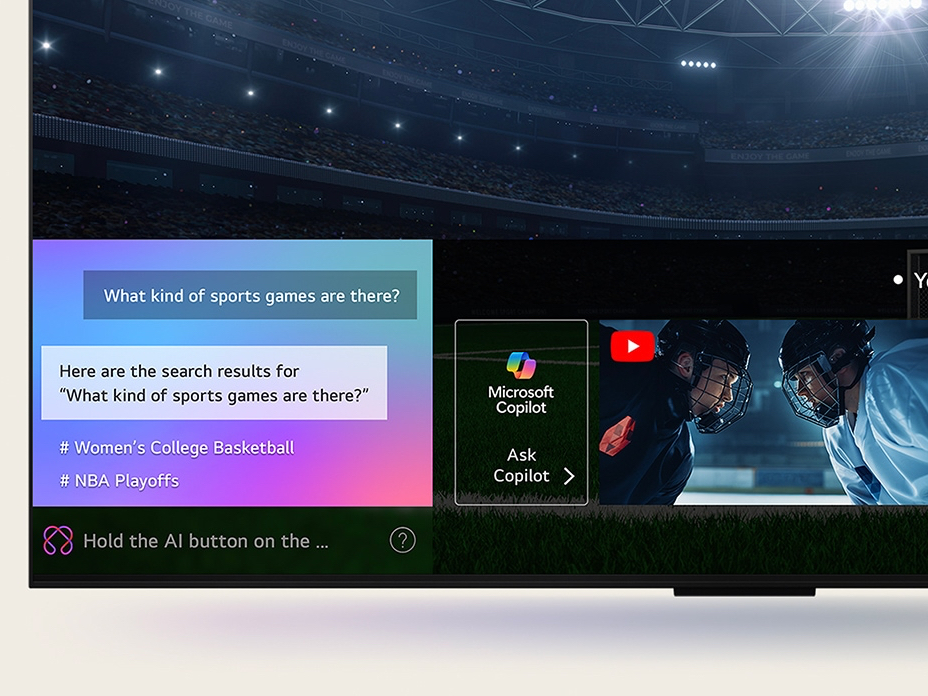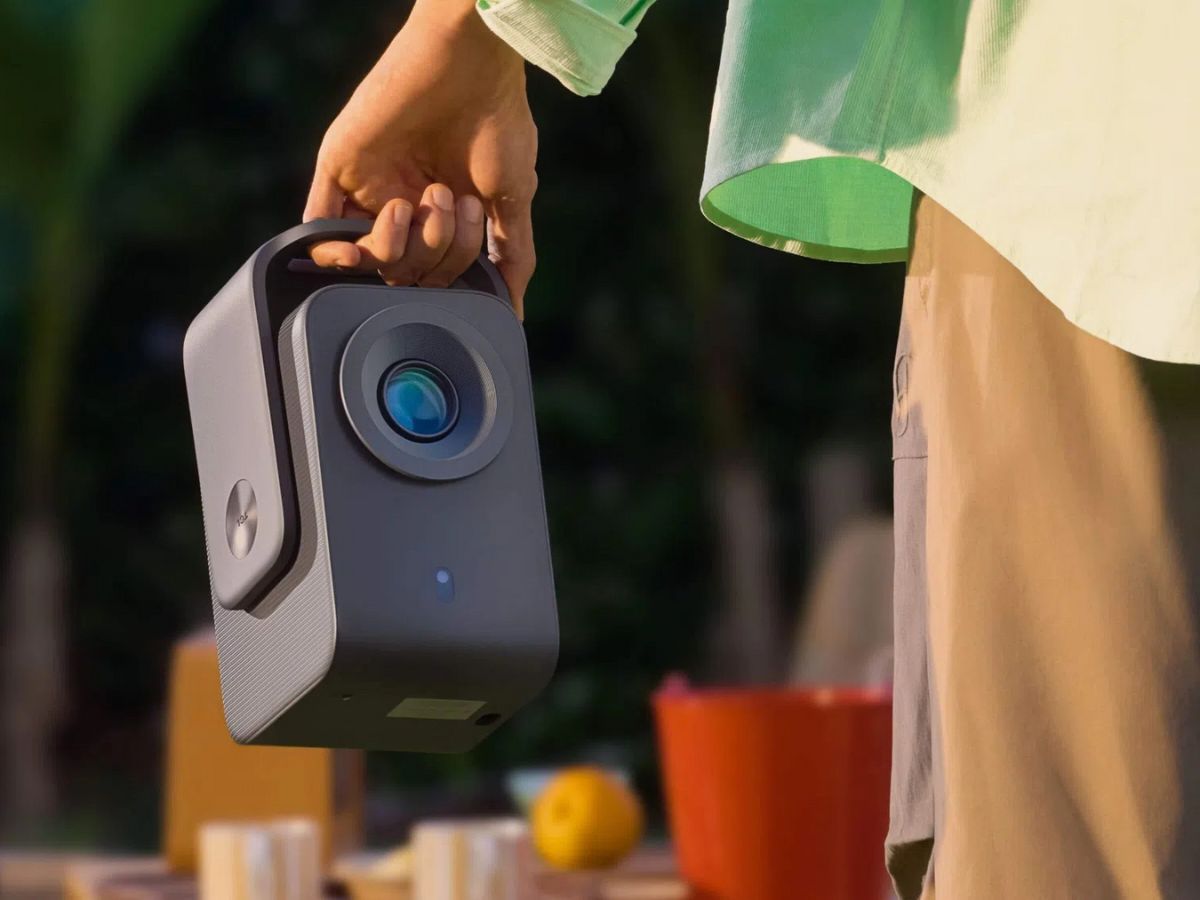- Physicists at Julius‑Maximilians‑Universität Würzburg (JMU), Germany, have built an individually addressable organic LED pixel just 300 × 300 nanometers, more than 10× smaller than mainstream micro‑OLED pixels. uni-wuerzburg.de
- The team’s nano‑OLED is as bright as a conventional 5 × 5 µm OLED pixel, implying unprecedented pixel densities; in principle, 1080p could fit on ~1 mm². uni-wuerzburg.de
- The record relies on a plasmonic gold “patch‑antenna” electrode plus an insulating nano‑aperture that tames electric‑field hotspots which normally kill nanoscale OLEDs. PubMed
- Early devices reach ~1% external quantum efficiency and ≈3,000 cd/m² luminance, with response faster than video rates. First pixels ran stably for ~two weeks in air. PubMed
- Today’s cutting‑edge micro‑OLEDs top out around 5,000 PPI (pixel‑per‑inch); Würzburg’s pixel implies ~50,000 PPI‑class densities — an order‑of‑magnitude leap for near‑eye displays. oled-info.com
- Caveats: single color (orange) only, modest efficiency, limited lifetime so far, and no full display yet — but the authors say RGB and efficiency gains are next. uni-wuerzburg.de
What happened — and why it matters
Researchers at JMU report a 300 nm × 300 nm, individually addressable OLED pixel — small enough that a 1920×1080 display could fit on roughly one square millimeter. That density is far beyond today’s commercial micro‑displays and directly targets ultra‑compact AR/VR optics, micro‑projectors, and even contact‑lens concepts. The work is published in Science Advances. uni-wuerzburg.de
“We created an orange‑light pixel just 300×300 nm, as bright as a 5×5 µm pixel,” says Prof. Bert Hecht of JMU. uni-wuerzburg.de
How they shrank an OLED below the wavelength of light
Shrinking conventional OLED stacks into the sub‑micrometer regime usually triggers electric‑field hotspots at sharp electrode edges. At this scale, gold atoms can filament into the organic layers, shorting the device. JMU’s trick is to use a plasmonic gold patch electrode as both current injector and light‑extraction antenna, then cover the patch with an insulating layer that leaves a ~200 nm circular nano‑aperture in the center. That forces charge injection to the middle — where fields are uniform — and prevents filament growth. PubMed
“As with a lightning rod, shrinking conventional OLEDs makes currents emit from corners,” explains Prof. Jens Pflaum. uni-wuerzburg.de
The team demonstrated addressable arrays and characterized devices showing ~1% EQE, ~3,000 cd/m² peak luminance, and fast response (> video rates) — all remarkable at nanoscales. PubMed
“We achieve an EQE of 1% and ~3,000 cd/m² with response faster than video rates,” write the authors. PubMed
How small is “300 nm” in display terms?
For context, mainstream micro‑OLED pixels in headsets typically measure ~6–10 µm across (e.g., Sony’s 6.3 µm pitch; eMagin’s 9.6 µm). Würzburg’s pixel is >10× smaller than these shipped or broadly used pitches — and more than 20× smaller than 6.3 µm. emagin.com
At the frontier, Samsung Display/eMagin have shown ~5,000 PPI micro‑OLED prototypes; the theoretical density implied by a ~0.3 µm pixel steps into ~50,000 PPI territory. That’s why this is exciting for AR glasses, where size, weight, and optics rule. oled-info.com
What experts say
- Bert Hecht, JMU: “Even the first nanopixels were stable for two weeks under ambient conditions.” (Longevity is early, but encouraging.) uni-wuerzburg.de
- Jens Pflaum, JMU: The naive miniaturization “would cause the currents to emit mainly from the corners,” driving filaments and failure — hence the nano‑aperture. uni-wuerzburg.de
- Study authors (Science Advances): “Individually addressable subwavelength pixels … based on plasmonic gold patch antennas” reached ~1% EQE and ~3,000 cd/m². PubMed
- Cambridge/Meta vision study: “The widely accepted 20/20 standard suggests the eye can resolve about 60 pixels per degree,” though new tests show up to 94 PPD for grayscale. This frames how much resolution headsets meaningfully need. University of Cambridge
Where this could show up first
AR glasses & micro‑projectors. Ultra‑dense, bright pixels let designers hide tiny projectors in eyeglass temples and relay images to the lens/eye. Würzburg’s press note explicitly sketches this path. uni-wuerzburg.de
Mixed‑reality headsets. Today’s premium micro‑OLEDs hit 4–5K PPI and high nits; this work hints at a future where retinal‑resolution imagery is possible in much smaller optics — provided efficiency and color mature. oled-info.com
On‑chip light engines. At the sub‑wavelength scale, plasmonic coupling could enable new integrated photonics and sensing concepts, a direction the paper’s design naturally supports. PubMed
How it compares to other “smallest pixel” claims
Several groups have pushed nano‑OLEDs. A 2024 arXiv paper showed ~100 nm nano‑OLED “meta‑surface” pixels with >84,000 PPI and up to ~10% EQE, but those were not demonstrated as individually addressed display pixels in the same sense — a key distinction in JMU’s work. (Inference based on the authors’ “metasurface” description and lack of per‑pixel addressing in that report.) arXiv
Meanwhile, micro‑LED demos have also scaled density (e.g., TCL CSoT’s ~5,080 PPI 0.05‑inch micro‑LED). OLED’s edge is mature fabrication and contrast, but micro‑LED leads in luminance and efficiency today. microled-info.com
The fine print (limitations & hurdles)
- Color: The Würzburg pixel currently emits orange; moving to full RGB requires new emitters and electrode tuning. The team lists expanding “to the RGB spectral range” as a next step. uni-wuerzburg.de
- Efficiency: ~1% EQE is far below shipping micro‑OLEDs; plasmonic designs can be optimized, but power budget is the central challenge. PubMed
- Lifetime: Early pixels ran ~two weeks in air; practical products need thousands of hours and robust encapsulation. phys.org
- Manufacturing & addressing: Building millions of nanoscale, individually wired pixels with high yield — and integrating them on silicon backplanes — is a heavy lift still to be shown. (General industry context for nano‑scale displays.)
What’s next (road map to products)
The authors say they will (1) raise efficiency, (2) extend color to RGB, and (3) scale arrays. If successful, the approach could complement — not immediately replace — today’s micro‑OLED on silicon efforts that already deliver thousands of PPI and 15,000–20,000‑nit prototypes. uni-wuerzburg.de
For context on meaningful resolution targets, Cambridge/Meta’s new psychophysics study pegs human limits up to ~94 PPD for grayscale (lower for color), reminding engineers that optics, PPD and efficiency matter as much as raw PPI. University of Cambridge
Primary sources & technical details
- University of Würzburg press release (Oct 24, 2025) — project overview, quotes, “display on a square millimeter,” stability note, and authorship (Zhang et al.). uni-wuerzburg.de
- Science Advances paper (Oct 22/24, 2025) — device architecture (gold patch antenna + nano‑aperture), individually addressable 300 nm pixels, ~1% EQE, ~3,000 cd/m², fast response. PubMed
- Independent coverage — roundups in Phys.org, Heise, Optics.org, ScienceAlert, Tom’s Hardware, PC Gamer, and others contextualize the result and its AR implications. PC Gamer
How this stacks up to current displays
- Shipping / recent micro‑OLED: Sony’s UXGA micro‑OLED with 6.3 µm pitch (2018) and eMagin datasheets at 9.6 µm pitch are a good baseline for “today’s” micro‑OLED pixel sizes. sony.com
- Frontier micro‑OLED prototypes: Samsung Display/eMagin 5,000 PPI demos (Display Week/AWE 2025) underscore the current ceiling on commercializable densities. oled-info.com
Frequently asked
Is this the smallest pixel ever?
For individually addressable OLED pixels, Würzburg’s 300 nm device appears to be the current record. Other work showed ~100 nm nano‑OLED “meta‑atoms,” but not as individually addressed display pixels — an apples‑to‑oranges comparison. PubMed
When will this be in products?
No timeline yet. The team still needs RGB, higher efficiency, long lifetime, and fully integrated arrays before commercialization. Think years, not months, and expect incremental tech transfer into AR optics and specialized micro‑projectors first. uni-wuerzburg.de
Does anyone need ~50,000 PPI?
Probably not on a TV or laptop. In head‑worn optics, what matters is pixels‑per‑degree (PPD) at the eye. Cambridge/Meta’s 2025 study suggests the eye’s practical limits are ~60–94 PPD, depending on color and conditions. Ultra‑dense emitters simply give designers headroom to hit those limits with smaller, lighter optics. University of Cambridge
Read more & track the story
- JMU press release: “The Smallest Pixel in the World.” uni-wuerzburg.de
- Science Advances: “Individually addressable nanoscale OLEDs.” (Zhang et al.) Science
- PubMed record (abstract + figures). PubMed
- Physics/industry coverage: Phys.org; Optics.org; Heise; ScienceAlert; Tom’s Hardware; PC Gamer. PC Gamer
- Benchmarks for today’s displays: Sony (6.3 µm pitch), eMagin (9.6 µm pitch), Samsung Display/eMagin (5,000 PPI proto). sony.com
- Human‑vision context: University of Cambridge press release summarizing Nature Communications 2025. University of Cambridge

 1 miesiąc temu
1 miesiąc temu







